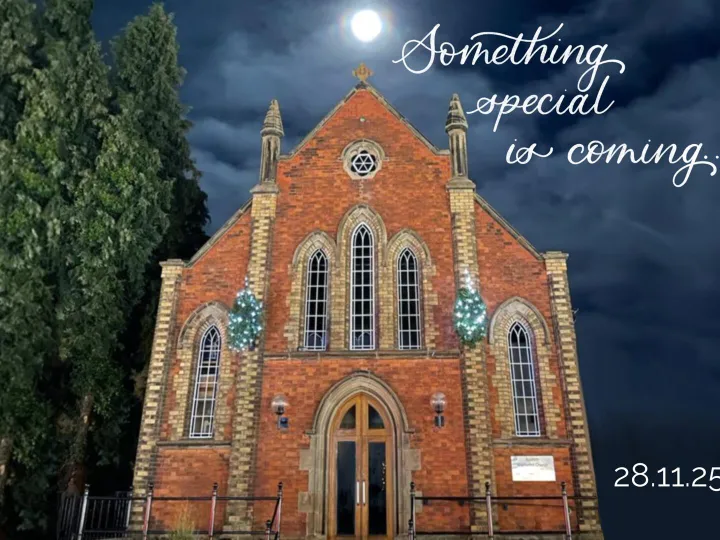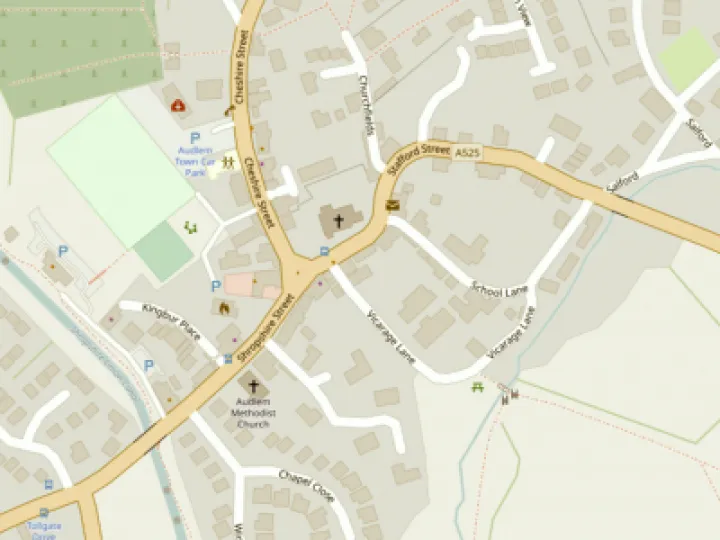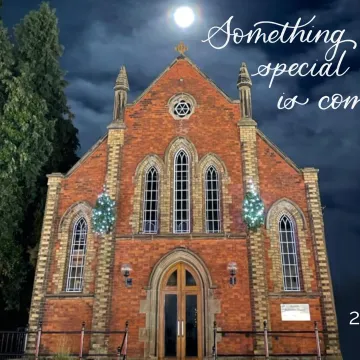



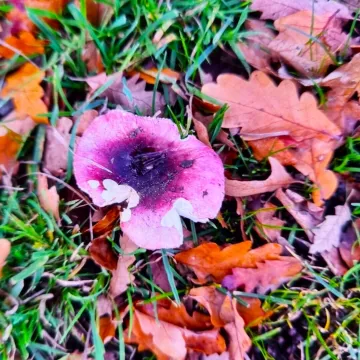
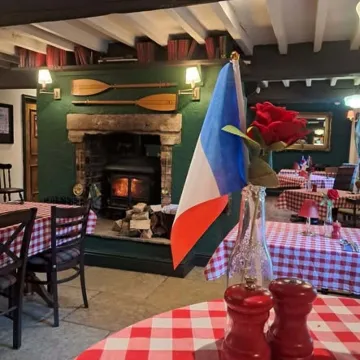
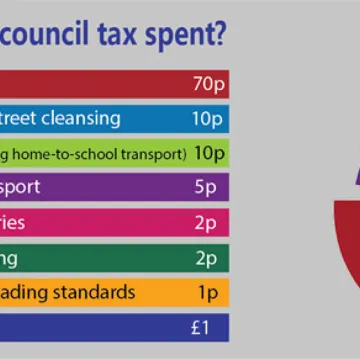
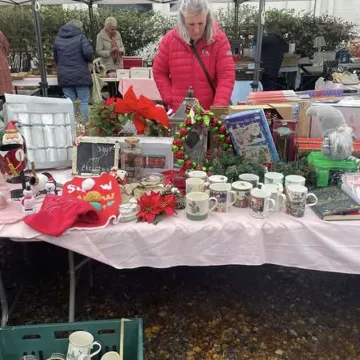
What a difference a few days make. I am no sooner talking about the beauty of the grey, than the world bursts out with colour. It is as though colour TV has been invented afresh with the same sense of wonder and delight. All it needed was a few days of sun and the natural world shows us that it was just waiting.
It raises in our minds the way in which natural colour is so important to our sense of well-being. Seeing the Daffadils and Crocuses in our gardens suddenly open in full display both surprises and delights. As I eat my breakfast I can see staring in at me a Camillia bush blazing with pink flowers.
My walk along the canal is now lined with sunshine flowers , the Lesser Celandine. My favourite patches of Early Violets, are now peeping their deep violet flowers from beneath the covering of ivy and winter's left-overs. Their sister species, the white Sweet Violet now are taking up the baton from the fading Snowdrop which have faithfully fulfilled their time in nature's timetable.
There is colour everywhere and we think of the joy it gives us. But to bring us back to earth, the purpose of colour is an important part of life on earth.
Nature uses colour in a myriad of ways, from communication, to attraction, to protection, to navigation. It offers far more than our human appreciation. For a start, birds can see colours which we cannot see. They are non-spectral colours and require an additional receptor or "cone" in the optical system to see them. The extra cone reveals colours in the ultraviolet range which is invisible to us. Humans and most mammals have three cones reacting to red, blue and green which form the various colours of the rainbow, whilst birds and insects have as many as five. In the evolutionary process humans have lost these cones.
Some creatures see and are attracted to certain colours. In the whole intermingling process plants have adapted to use this . There is some science now that shows that plants also can distinguish colour although not as we do. So plants and the animal world interact by using colour. The chemicals required to reflect certain colours have evolved specifically over time – a long time.
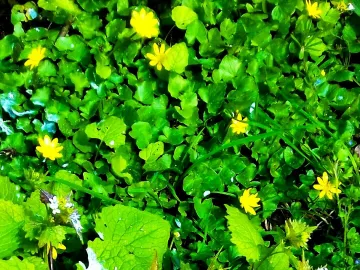
Looking around, at this time of year, you cannot but notice that the predominant colour of flowers is Yellow. This colour is particularly attractive to early riser insects, like solitary bees and some bumblebees as well as some small insects. (If you have ever been wearing a yellow shirt or jumper and found yourself covered in tiny insects that's the reason why. They see you as a flower!) The food the early flowering plants provide is important to the early risers, before summer's bounty. One of the most important food sources are the, oft despised, Dandelions that make full use of the colour yellow.
The early flowering plants tend to be found in woodlands or sheltered edges. They gain the sun's energy before the trees' canopy shades out the light. Yellow is also a colour that is stimulating to the human brain. In fact, too much colour yellow has been shown to be too intoxicating!
So while we glory in the out-bursting of colour around us, the natural world is is getting on utilising it to rev up the whole circle of life in which we share.
Get In Touch
AudlemOnline is powered by our active community.
Please send us your news and views using the button below:
Email: editor@audlem.org


